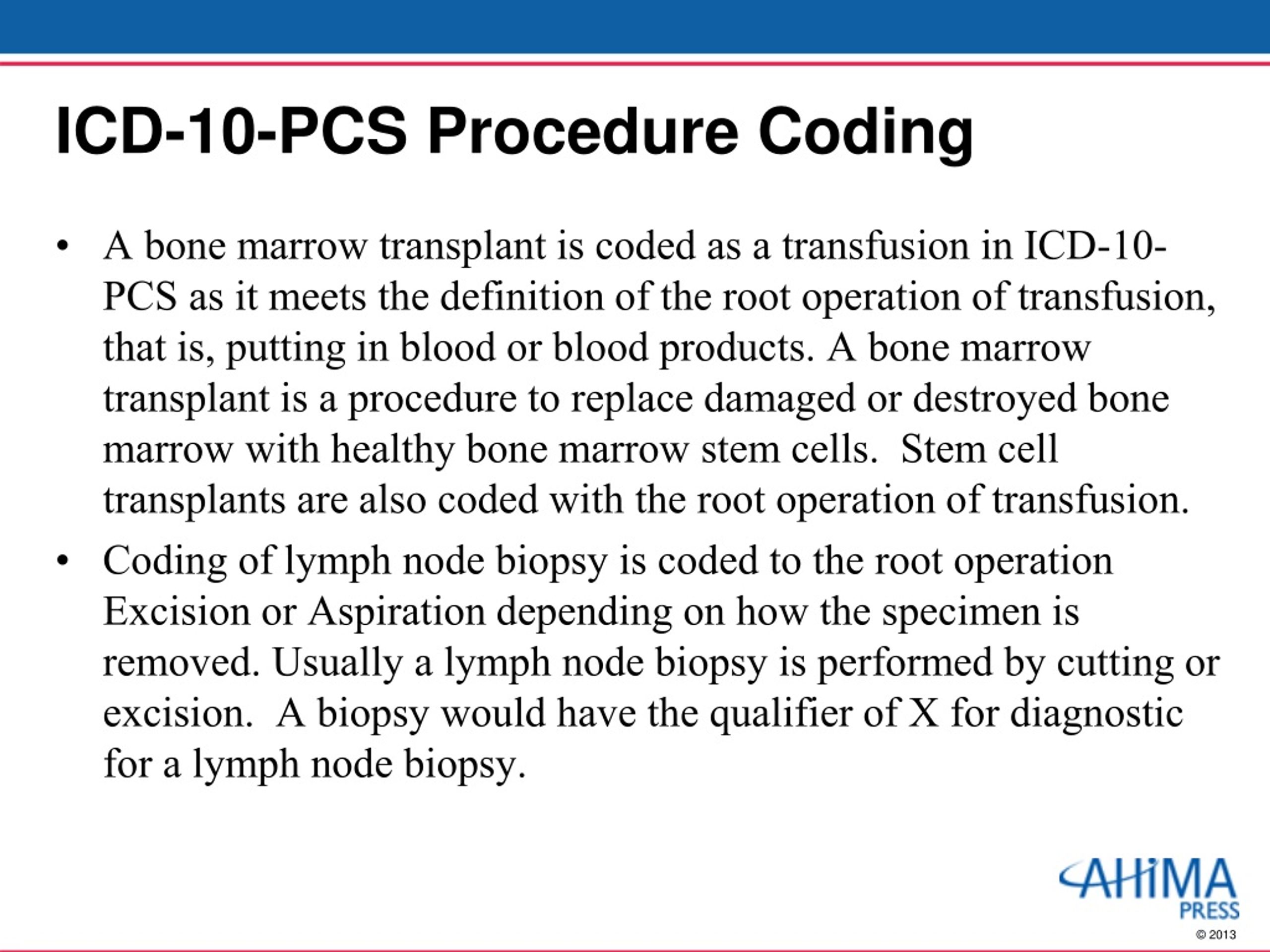

The Alphabetical Index should be consulted to determine which symptoms and signs are to be allocated here and which to other chapters. Practically all categories in the chapter could be designated "not otherwise specified", "unknown etiology" or "transient". In general, categories in this chapter include the less well-defined conditions and symptoms that, without the necessary study of the case to establish a final diagnosis, point perhaps equally to two or more diseases or to two or more systems of the body. Signs and symptoms that point rather definitely to a given diagnosis have been assigned to a category in other chapters of the classification. This chapter includes symptoms, signs, abnormal results of clinical or other investigative procedures, and ill-defined conditions regarding which no diagnosis classifiable elsewhere is recorded.


All rights reserved.=Symptoms, signs and abnormal clinical and laboratory findings, not elsewhere classified (R00-R99)= Culture contamination was common regardless of collection technique and was not predicted by urinalysis results.Ĭopyright © 2015 Elsevier Inc. Only urine nitrite showed a high specificity. In clinical practice, such false-positive results could lead to false-positive UTI diagnosis. No urinalysis index was positively correlated with culture contamination.Ĭontemporary automated urinalysis indices were often abnormal in a disease-free population of women, even using ideal collection technique. "ideal" technique, respectively, were: leukocyte esterase (>trace) 50%, 35% (95% confidence interval for difference -6% to 36%) nitrites (any) 2.5%, 2.5% (difference -2.5 to 2.5%) white blood cells (>5/high-powered field ) 50%, 27.5% (difference 4 to 41%) bacteria (any/HPF) 77.5%, 62.5%, (difference -7 to 37%) epithelial cells (>few) 65%, 30% (difference 13 to 56%) culture contamination (>1000 colony-forming units of commensal or >2 species) 77%, 63% (difference -5 to 35%). The proportion of abnormal results from samples collected by "non-clean" vs. Urinalysis indices and culture contamination were compared. Samples underwent standard automated urinalysis and culture. In this crossover design, 40 menstrual-age female emergency department staff without UTI symptoms collected urine two ways: directly in a cup ("non-clean") and midstream clean catch ("ideal"). We examine the impact of voided specimen collection technique on urinalysis indicators of UTI and on urine culture contamination in disease-free women. At least four indices, if positive, can indicate UTI. Improper collection technique by the patient may affect the result. Specimens are often collected at triage from women with any abdominal complaint, creating a low UTI prevalence population. Voided urinalysis to test for urinary tract infection (UTI) is prone to false-positive results for a number of reasons.


 0 kommentar(er)
0 kommentar(er)
